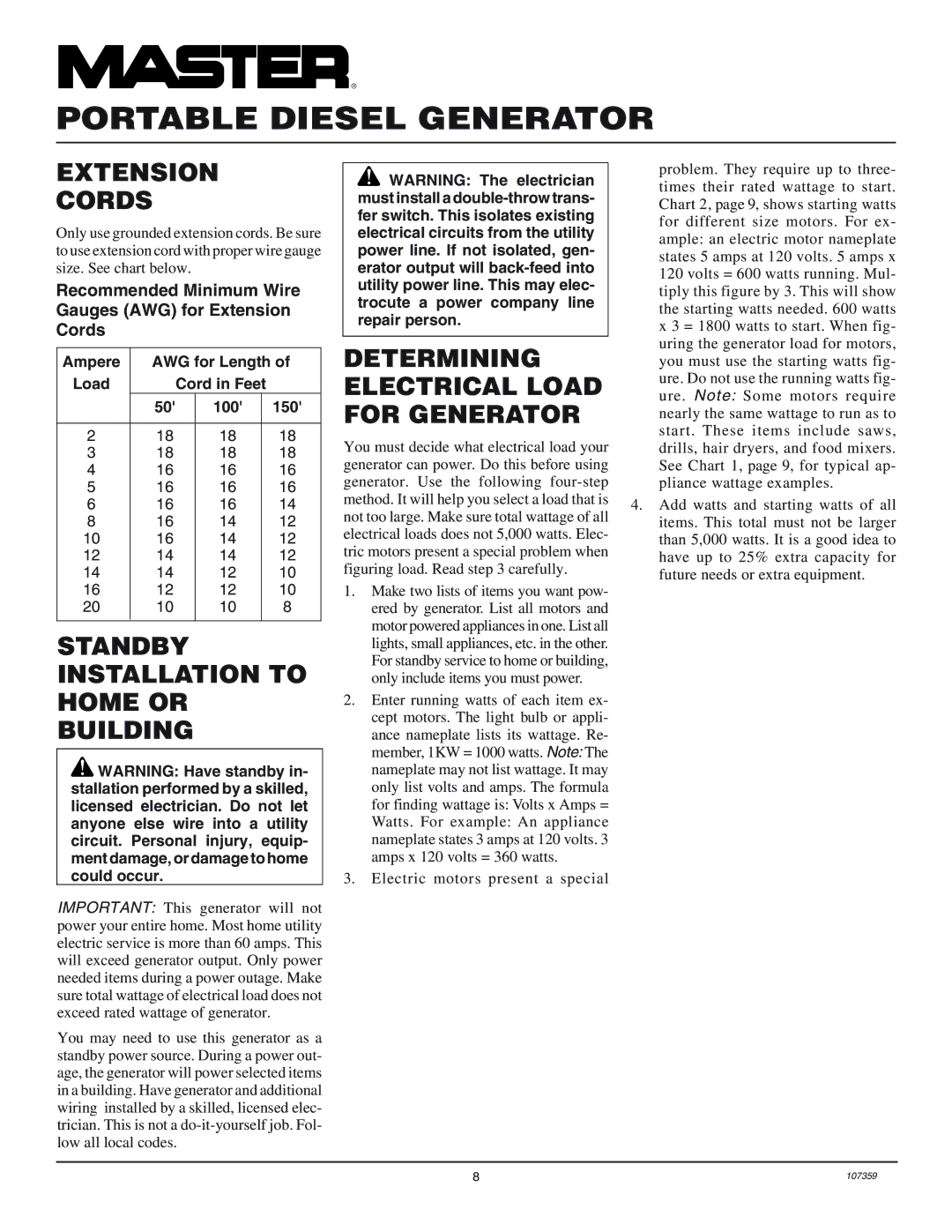MGY5000C specifications
The Master Lock MGY5000C is a highly innovative and reliable solution in the realm of security, primarily designed for those seeking advanced protection for their valuables. Known for its robustness and ease of use, this padlock stands out due to its superior technology and practical features.One of the defining characteristics of the MGY5000C is its advanced security system. It incorporates a high-grade zinc alloy body that not only enhances its durability but also provides resistance against various weather conditions. This means that the padlock remains functional and effective, whether in extreme heat, cold, rain, or snow. The stainless-steel shackle adds an extra layer of protection against cutting and sawing.
The MGY5000C features a patented combination lock system. Unlike traditional padlocks, this model allows users to set their own unique combination, making it extremely customizable and secure. The easy-to-use dial system is designed for smooth operation, ensuring that users can access their belongings swiftly without compromising on security.
Another notable technology incorporated in the MGY5000C is its anti-shim design, which significantly reduces the risk of unauthorized access. This feature not only deters theft but also ensures peace of mind for users who store their belongings in high-risk areas. Additionally, the padlock has been rigorously tested for durability and strength, meeting stringent security standards.
In terms of versatility, the MGY5000C shines brightly. It is perfect for a wide range of applications, including lockers, storage units, gates, and even bicycles. This adaptability meets the needs of various users, from students to outdoor enthusiasts, providing robust security in numerous scenarios.
The padlock also emphasizes user convenience. Its lightweight design allows for easy transport, while its compact size ensures it can easily fit into bags, pockets, or toolboxes. The simple instructions for setting and resetting the combination further enhance user experience, allowing for quick modifications as security needs change.
In summary, the Master Lock MGY5000C is a cutting-edge padlock that exemplifies strength, versatility, and user-friendly features. With its robust design, customizable combination options, and advanced security technologies, it stands as a prominent choice for anyone seeking reliable protection for their possessions. Whether for personal use or more commercial applications, this padlock offers peace of mind and confidence in everyday security.

